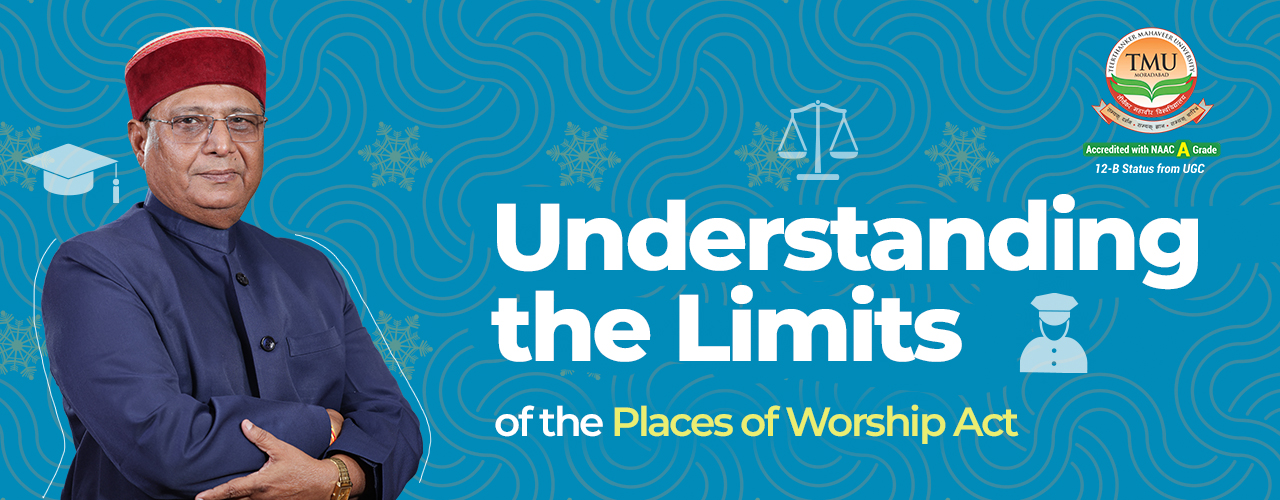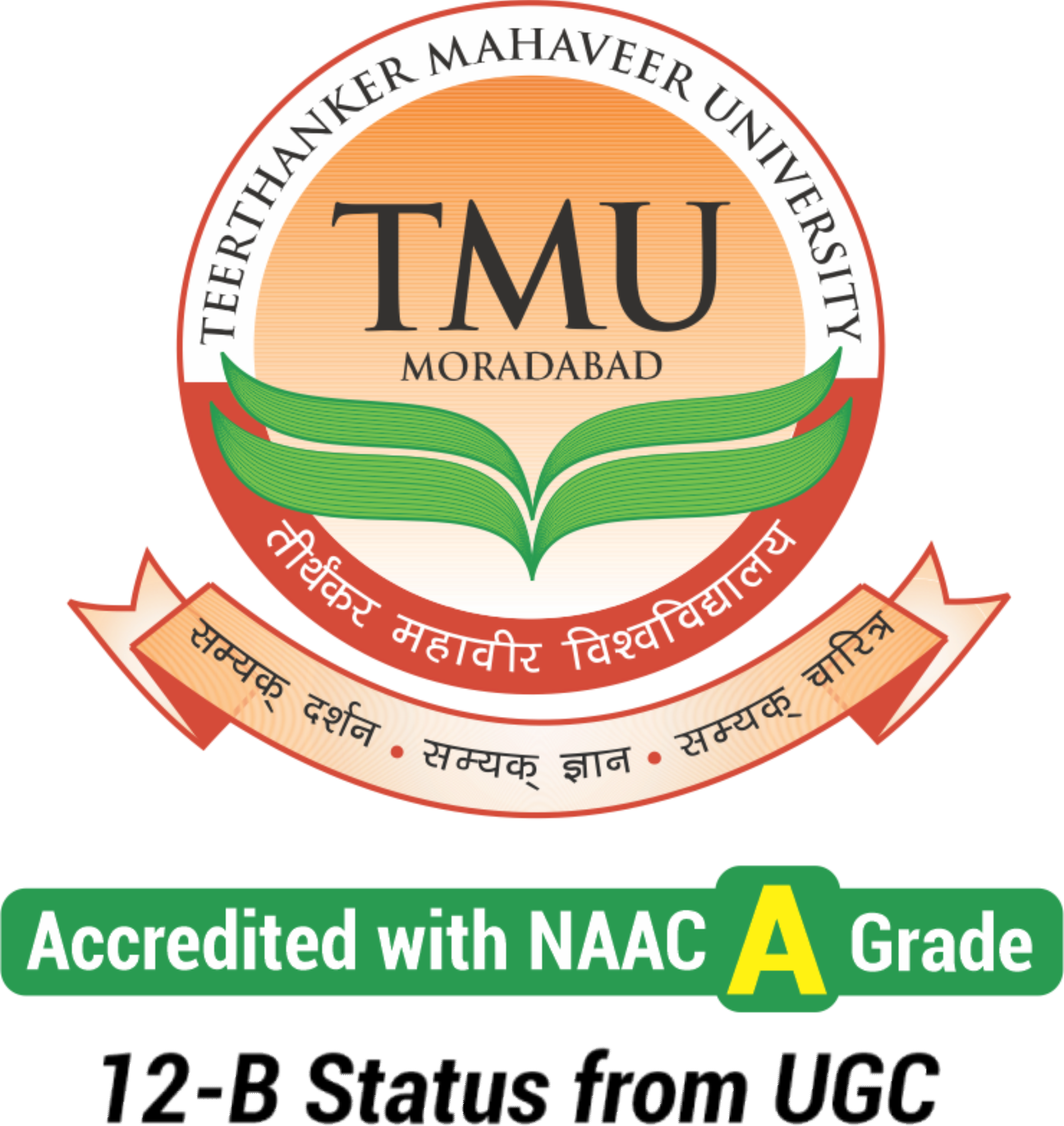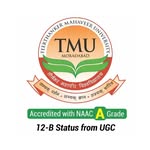The Legal Boundaries of Religious Places: Analysing the Gyanvapi Case
Table of Contents
By Prof. (Dr.) Harbansh Dixit
The Places of Worship (Special Provisions) Act, 1991, has resurfaced in public discourse amid recent developments surrounding the Gyanvapi complex in Varanasi. The renewed debate follows a court-ordered survey of the premises, revealing structures believed to be Hindu symbols, prompting discussions around the Act’s limitations and implications.
Background of the Law
The Act was introduced and passed by the Narasimha Rao government in 1991, during a period marked by the intensifying Ram Janmabhoomi movement. According to Section 3 and 4 of the Act, the religious character of a place of worship shall remain as it existed on 15th August 1947. Any attempt to alter the religious status of such sites after this date is considered a criminal offence, punishable by up to three years’ imprisonment and/or a fine.
Furthermore, Section 4(2) mandates that any pending legal proceedings concerning the religious nature of places of worship before the said date shall be abated.
Teerthanker Mahaveer University
Apply for Admission
Click Here To Apply for Admission
The Gyanvapi Controversy: Legal and Social Perspectives
The Gyanvapi case is a complex confluence of legal and socio-cultural factors. On one hand, it is argued that the Places of Worship Act was passed hastily, allegedly ignoring the public sentiment and constitutional validity. On the other hand, legal orders such as those permitting a scientific survey are justified on procedural grounds to ascertain historical facts.
For any religious structure, its sacredness serves as an emotional and symbolic epicentre for its community. If evidence suggests that such a structure was destroyed or converted into a place of worship for another faith, it inevitably causes pain to the affected community. However, seeking justice for historical wrongs through present-day retribution is not a sustainable societal model.
Lessons from Transitional Justice
The path towards reconciliation can be drawn from South Africa’s Truth and Reconciliation Commission. Post-apartheid, South Africa faced intense racial grievances. Rather than fuelling hatred, the country opted for an institutional mechanism to investigate historical abuses, enabling emotional and social healing. A similar holistic approach could be more constructive for India as well.
However, India took a different route by enacting the Places of Worship Act, arguably to suppress potential communal tensions, albeit at the cost of long-term societal reconciliation.
Legal Nuances Ignored in Public Discourse
In the Gyanvapi proceedings, the Supreme Court emphasised the need to uphold the status quo as of 15th August 1947, aligning with the spirit of the Act. Simultaneously, the lower court in Varanasi allowed the survey, which is legally defensible under certain exceptions that are often overlooked.
Sections 4(3) and 5 of the Act provide specific exemptions. Notably, Section 4(3)(a) clarifies that the Act shall not apply to ancient and historical monuments or archaeological sites governed under the Ancient Monuments and Archaeological Sites and Remains Act, 1958. For a site to qualify as an ancient monument, two criteria must be met:
- It must be at least 100 years old.
- It should be in the form of a monument, stupa, cave, sculpture, or inscription of historical, archaeological or artistic interest.
It is thus the judiciary’s responsibility to determine whether the Gyanvapi site fits these definitions, and the court's order to conduct a scientific survey falls within that jurisdictional mandate. Branding such procedural acts as communally motivated undermines both the judiciary’s credibility and constitutional ethos.
Conclusion
The Places of Worship Act serves as a legislative safeguard to preserve India’s religious harmony. However, its implementation and interpretation must also consider historical facts, legal exceptions, and public consciousness. Courts must be allowed to carry out their duties without being subjected to undue political or communal pressure.
In addressing such disputes, a more inclusive and historically aware approach, inspired by models of transitional justice, could pave the way for meaningful reconciliation. Legal adherence, public transparency, and historical truth must go hand in hand to ensure both justice and harmony in a pluralistic society like India.















